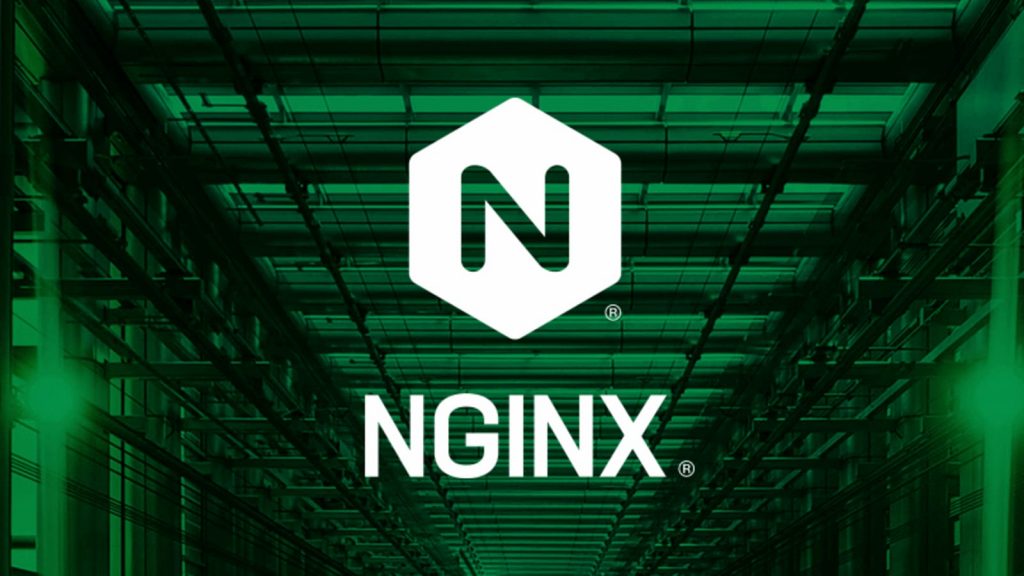
Nginx (pronounced “engine-ex”) is a lot more than a web server. It can also be used as a reverse proxy, HTTP cache, and load balancer. Igor Sysoev, a Russian developer create Nginx in 2002 with the goal to address the performance limitation of an apache web server.
It gains popularity due to light-weight resource utilization and its ability to scale easily on minimal hardware. There are many high-profile companies that use NGINX including Autodesk, Atlassian, Intuit, T-Mobile, GitLab, DuckDuckGo, Microsoft, IBM, Google, Adobe, Salesforce, VMWare, Xerox, LinkedIn, Cisco, Facebook, Target, Citrix Systems, Twitter, Apple, Intel, and many more
How Does Nginx Work?
Nginx employs an event-driven architecture and deals with the requests asynchronously.
It was designed to use a non-blocking event-driven connection handling algorithm. Thus, its process can handle thousands of connections within one processing thread. Such connections process modules allow Nginx to work very fast and wide with limited resources.
Some common features seen in Nginx include:
- Reverse proxy with caching
- IPv6
- Load balancing
- FastCGI support with caching
- WebSockets
- Handling of static files, index files, and auto-indexing
- TLS/SSL with SNI
PROS
Compatible With Multiple Web Apps
While using a software or a tool, many users undergo a common problem i.e. “Compatibility.” NGINX server is very much compatible when it comes to working with common web apps such as WordPress, Python, Drupal, Phpbb, and many more. This allows users to have a flawless web usage experience while using NGINX over multiple working stations.
Offers Load Balancing
NGINX offers load management for the incoming traffic as it works as a “relay” that offers fast scaling to the HTTP servers. The incoming load goes to the NGINX server and it immediately interprets the metadata and allocates these requests to a series of attached servers. This leads to a fast and easy setup with zero misallocation of the incoming traffic and complete prevention of a meltdown.
NGINX helps in an efficient ranking by Google
One of the hallmarks of the NGINX server is that it increases the speed of the website dramatically. Many websites such as Pinterest, WordPress, Instagram, and YouTube use NGINX servers to manage their day to day traffic and achieve a steady website speed. Google didn’t set “speed of the website” as one of the deciding criteria for ranking the website only until a few years back.
Google has changed its ranking algorithm and has included “speed of the website” into its ranking algorithm. So, if a website is not fully optimized and delivers content slowly, Google will ignore the website to be included in the top ranking. That is why using the NGINX server can improve the website’s performance and make it stick to the highest SEO ranking by Google.
No risk of data loss
Users shouldn’t hesitate to use the NGINX server mainly because of all the rumors stating that it would disrupt the data, corrupt it or cause malfunctioning in other servers connected to it. All of these are just foul notions and nothing more. Switching to the NGINX server is easy and there are multiple “how to” tutorials available for the users to learn usage effectively.
CONS
Less available extensions
Extensions are the small modules used for the customization of the websites as per the developer’s requirements. NGINX lacks the availability of these modules/extensions, however, there are a few available but they aren’t often required by the websites.
Less community support
NGINX web server doesn’t enjoy as much community support as its rivals, like “Apache.” Rather it depends on your personal level of expertise and the use case for the NGINX web server. It lacks the proper documentation, unlike the Apache web servers.
Reference
https://www.digitalocean.com/community/tutorials/apache-vs-nginx-practical-considerations#:~:text=Nginx%20has%20grown%20in%20popularity,better%20suited%20for%20those%20purposes.
https://kinsta.com/knowledgebase/what-is-nginx/
https://serverguy.com/comparison/apache-vs-nginx/#:~:text=The%20main%20difference%20between%20Apache,multiple%20requests%20within%20one%20thread.
